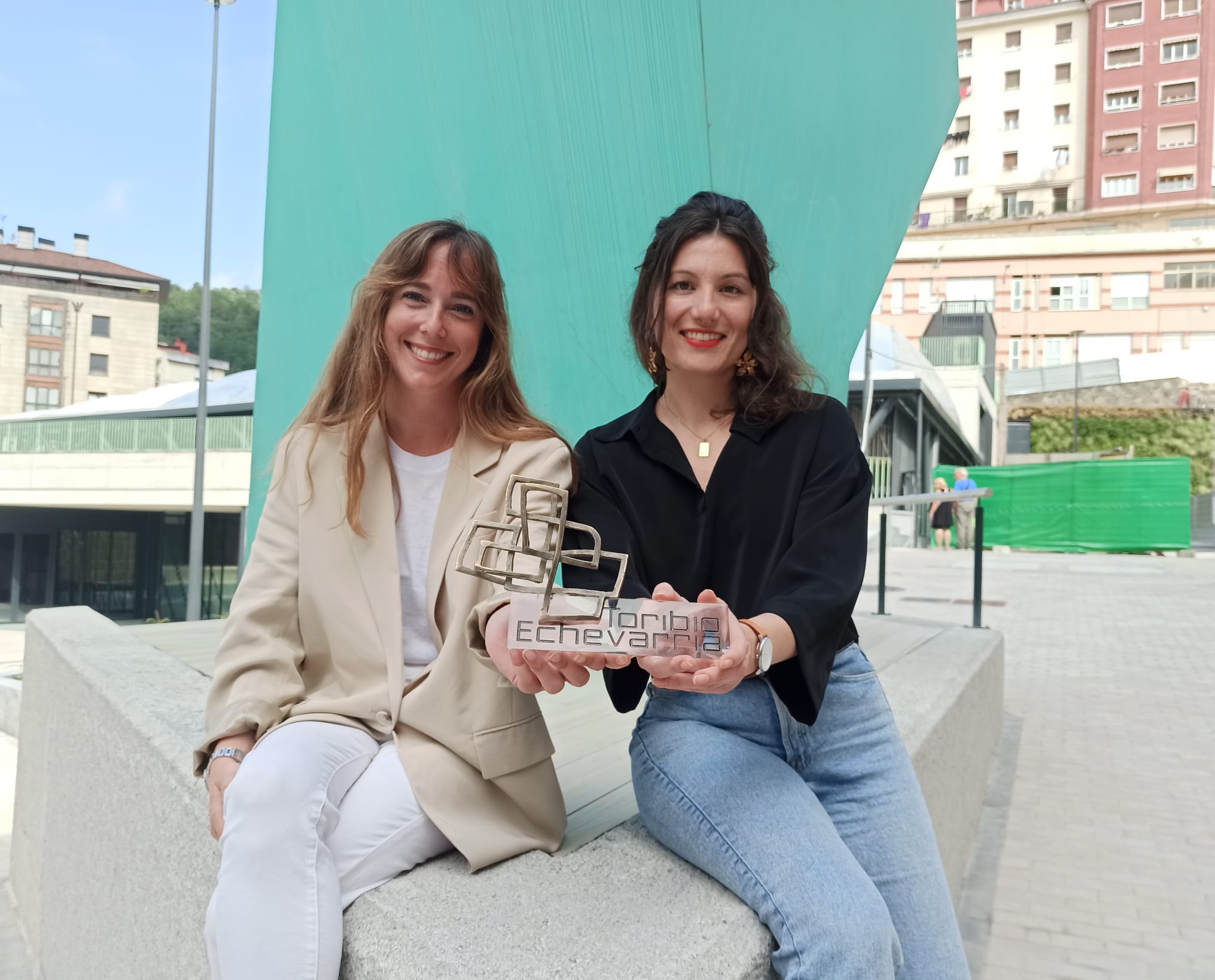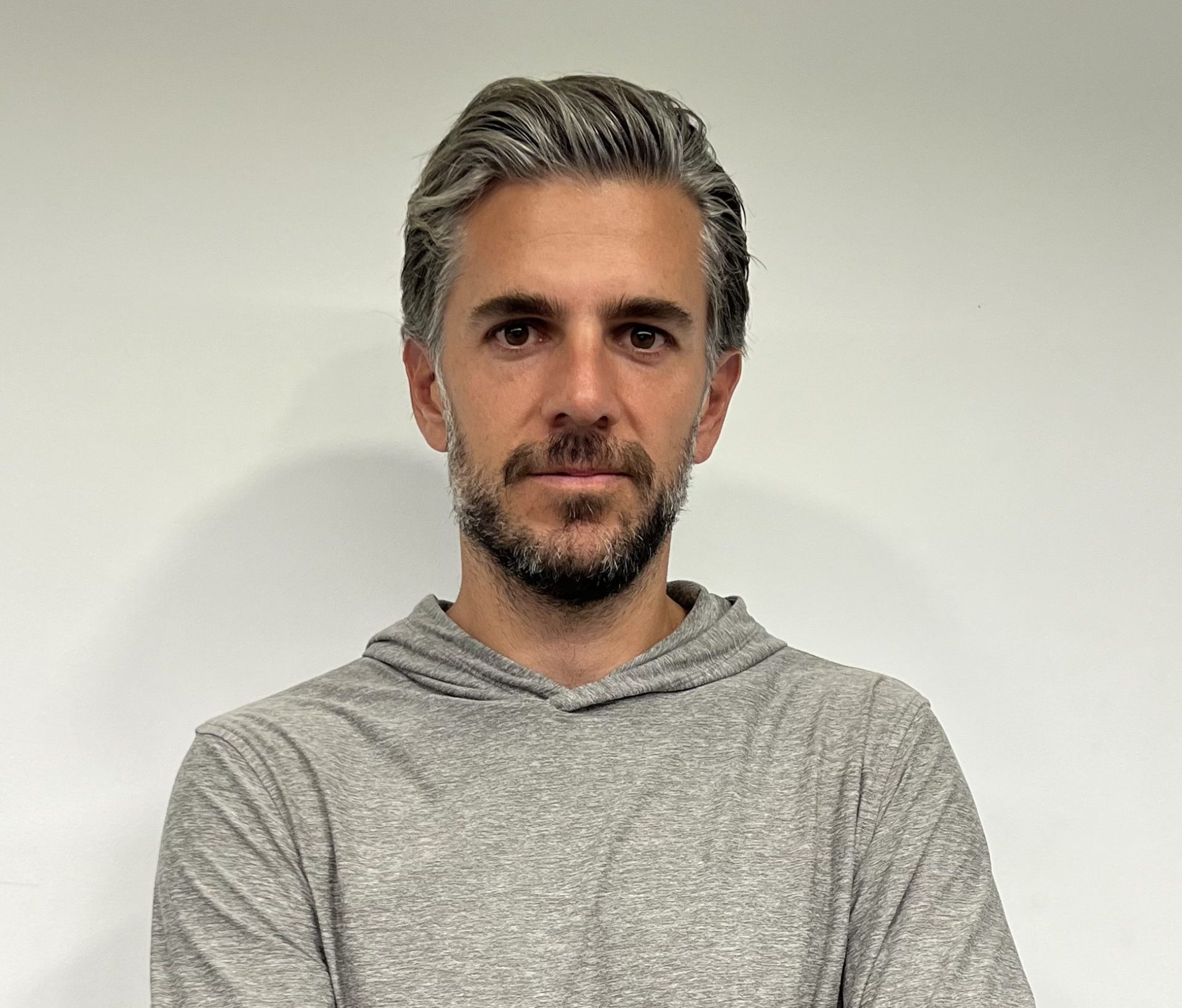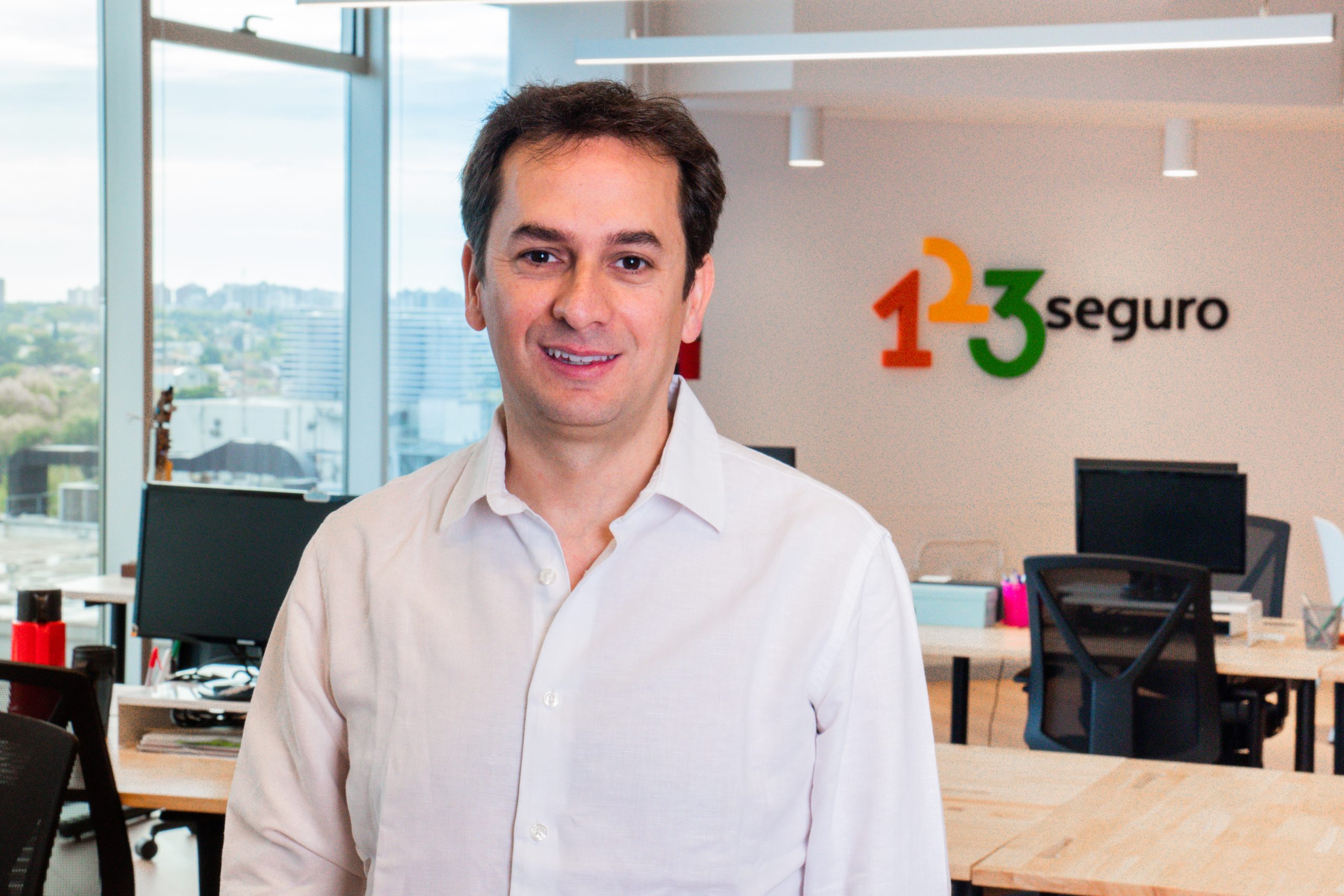STEMpreneur Women: The Leap from Science to Entrepreneurship
Female voices in scientific or technological careers are increasingly heard with more force. This trend has also led many of them to undertake innovative projects in different sectors, but there are still challenges to be solved, such as financing.
Is it common for those with science and technology degrees to make the leap from academia to entrepreneurship? What happens specifically in the case of women? To look for correlations and synergies, we need to look at the data.
According to the report ‘IT Employment and Women‘, in Spain only 12% of women study STEM, an acronym for science, technology, engineering and mathematics, degrees at university. Another revealing fact: the ‘Report on female digital entrepreneurship‘ shows that only 14% of Spaniards who have created a start-up are women.
There is still a long way to go, but there is an upward trend. In 2017, Impulse4Women, detected 150 women start-up entrepreneurs in Spain, with 500 more now in the pipeline. This growth represents a boost to the female STEM workforce, which, according to the American Association of University Women, accounts for only 28% globally.
Despite the conclusions that can be drawn from these figures, the number of women specialising in areas such as technology, engineering or mathematics who decide to become entrepreneurs is on the rise. They are opening up a hopeful and exciting future.
This 8 March, International Women’s Day, putting the spotlight on those women with STEM degrees who decide to become entrepreneurs to lead innovative services and solutions is key.
“In a scientific degree you not only develop technical skills but also foster many other skills such as critical thinking, creativity, planning and strategy, communication, and perseverance. All these skills can translate into success, both in science and in business,” explains Andere Basterretxea, CEO and co-founder of Polykey, a company that defines itself as a solution provider in polymer chemistry for a sustainable future.
Women like Basterretxea are shaping a new concept known as STEMpreneur, entrepreneurs who take the leap from training in technology and other sciences to develop their own projects. We explore how this step can be taken, the opportunities that STEM studies open up to reduce the gender gap and the challenges faced by those women who study and undertake projects from these fields.

The seed of an idea for STEM entrepreneurship
Science, technology, mathematics and engineering are essential subjects in today’s digital transformation. Amanda Garci, Senior Data Scientist at BBVA AI Factory, believes that confidence is key to breaking down barriers to access and being aware that “you have the ability to be there.”
Studying in STEM areas also means having a solid foundation from which to embark on the path of entrepreneurship, since they allow you to acquire the necessary technical knowledge to launch an idea.
“For someone studying STEM, a big part of the job is already done. In the creation of a start-up in the technological world, the technical part is key. For an entrepreneurial team, having a party that knows this area well is vital,” says Taryn Andersen, CEO and co-founder of Impulse4Women, a platform that connects women’s projects with investors and accompanies them throughout the start-up’s lifecycle.
Cristina Aleixendri, an aeronautical engineer, co-founded bound4Blue in 2014. “When I was a little girl, I wanted to be a doctor,” she says. However, she decided to take another path after talking to a teacher who showed her the possibility of having a positive impact on the world and society through engineering.
She was interested in the maritime sector, which is responsible for transporting 80% of the world’s cargo, making the decarbonisation of this sector vital. Bound4Blue has devised a rigid sail system for ships that facilitates the reduction of thrust from its main engine and, in turn, the lowers fuel consumption and pollutant emission levels. “We had the solution, and it couldn’t stay in a drawer for me to go somewhere safer,” Aleixendri explains.
Andere Basterretxea decided to work with her colleague Coralie Jehanno and their doctoral thesis supervisors to steer polymer chemistry toward a more sustainable future. Through Polykey, they develop innovative technologies for the production and recycling of plastic that meet several of the industry’s current needs in terms of sustainability. “Entrepreneurship is one of the paths that can be taken, but it is also not the only one. If the idea or opportunity arises you can use the skills you have developed during your STEM specialisation. A professional scientific degree is a continuous learning process, and so is entrepreneurship,” says Basterretxea.

Image: Cristina Aleixendri, co-founder of bound4blue.
Access to financing, a pending issue
If the road to entrepreneurship is not an easy one, the main leaders of bound4Blue and Impulse4Women agree that financing is one of the main barriers they face in carrying out their projects.
Cristina Aleixendri of bound4Blue, present in the report ‘Mujeres Referentes del Emprendimiento Innovador en España‘ (Example Women in Innovative Entrepreneurship in Spain), points out this as an important handicap and indicates that “it is not the same for a male colleague to go as it is for me to go.” She adds, “When I, as a woman, stand in front of an investor the questions are totally different from the questions my male colleague receives.”
There are diverse experiences, but several are in agreement with the difficulties women face. “Women have a much harder time approaching the investment world. It takes much longer because they need to deal with a series of conditioning factors, such as feeling confident and being certain that they will be able to resolve all the questions posed to the investor,” explains Taryn Andersen of Impulse4Women.
However, Andersen, who has also been a director of Telegraph Hill Capital since 2016, claims that an investor doesn’t care about gender: “What an investor does is look at the project, the problem you are solving, and how you are going to generate the capital to incorporate and develop it. What we like to know is the business model, what your value proposition is.”
In addition to funding, the absence of female examples does not help to promote women’s access to STEM areas and motivate their entrepreneurship. For the co-founder of Polykey, making the success of women in the sector visible, as well as normalising the possible cases of failure prior to that success, with the learning that comes with it, is equally important.
There is no shortage of examples. Names such as Ana Maiques, CEO of Neuroelectrics, Eva Díaz, director of Appogeo Digital or Neus Sabaté, Physics Prize of the Royal Spanish Society, have established themselves as great role models who already leave an indelible mark through their projects and research.

Image: Andere Basterretxea and Coralie Jehanno, co-founders of Polykey.
Bridging the gender gap through STEM degrees
The commitment to promote STEM areas among women is a particularly relevant element, which is also visible on days such as the International Day of Women and Girls in Science, which is celebrated every 11 February. For Amanda Garci of BBVA AI Factory, going into these fields is “one of the most beautiful things you can do”. Garci is a telecommunications engineer and holds a postgraduate degree in mathematical fundamentals.
The training and performance of women in these fields helps to reduce the gender gap. “If we fall behind in this we will have less purchasing power and be more dependent or study less, creating an unbalanced society. Gender diversity is good for us to be more balanced as a society,” says this professional. At BBVA, 53% of employees worldwide are women.
The representation of women in technology and science is also essential to avoid discrimination, such as that produced by technologies like facial recognition, which works better on men than on women, or to promote research with a gender perspective.
Steps in this direction are necessary, but the seed for a truly equal future is beginning to sprout. “When I am invited to schools to give a talk, I see more and more girls interested in studying engineering,” says Cristina Aleixendri. Garci points out the “incredible change” that has taken place since she was a child: “In the world of work in general and in STEM in particular there is still a way to go, but women are already better represented.”
Voices and experiences such as yours are an essential part of overcoming figures such as those reported in current studies. However, education and communication are not the only way to move in this direction. States, companies and society must work together to ensure that STEM and entrepreneurial women are no longer the exception but rather the norm.



